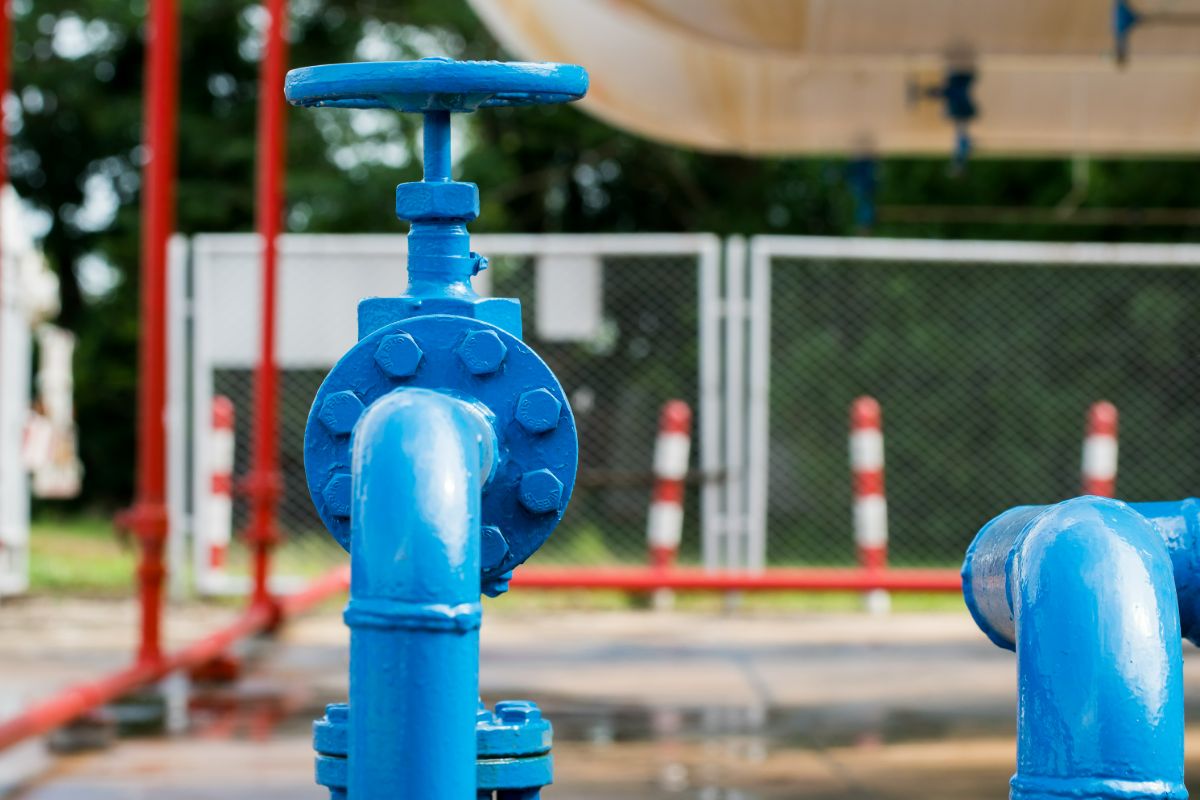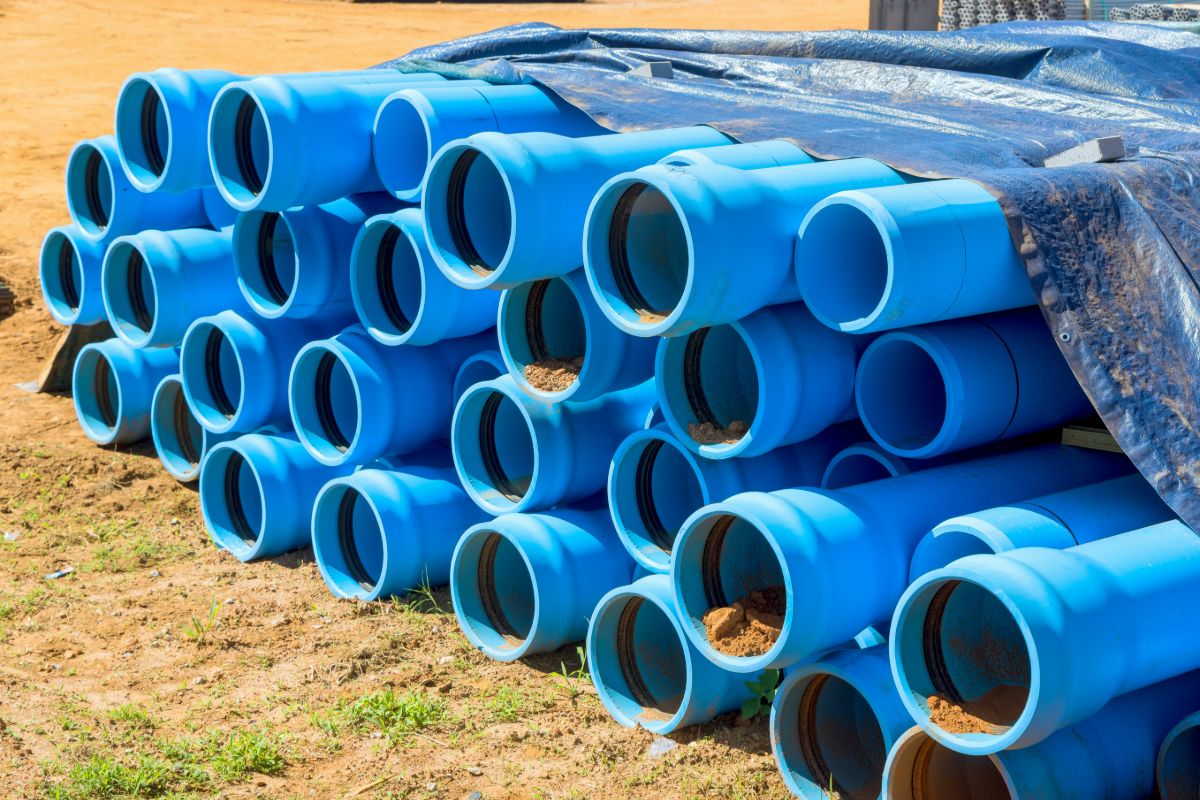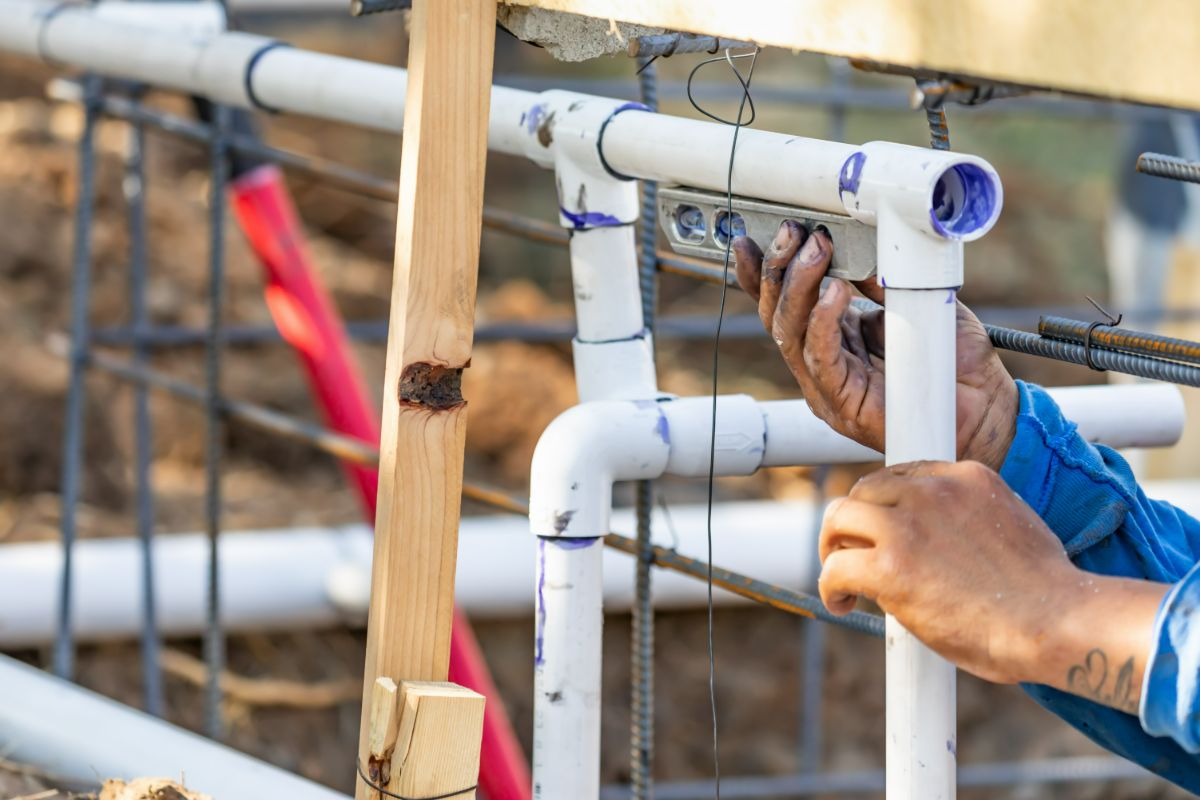
5 Factors that Affect the Price of Water Pipes
What are the features that affect water pipe prices?
- Raw material costs
- Demand and supply
- Product quality
- Regulatory compliance
- Shipping and transportation costs
Overview
- Water pipes are crucial in industries like construction and plumbing, supporting hygiene, safety, and infrastructure. Reliable pipes are essential for the smooth operation of both businesses and homes.
- Some of the key features that affect water pipe prices are raw material costs, demand and supply, product quality, regulatory compliance, and shipping and transportation costs.
Water pipes are essential in various industries, from construction to plumbing, playing a crucial role in delivering clean water, managing waste, and supporting overall infrastructure. Without reliable water pipes, both businesses and households face significant challenges in maintaining hygiene, safety, and functionality.
Given their importance, contractors must accurately estimate project costs when selecting pipe materials. Understanding how factors such as raw material costs, labor expenses, and shipping fees influence pipe prices can lead to better budgeting.
To make your project more cost-efficient, this article will take a closer look at the key factors that affect water pipe prices.
Raw Material Costs
Water pipes are primarily made from raw materials like steel, zinc, and various alloys, so their prices are heavily influenced by global market conditions. Increased demand, supply chain disruptions, and trade regulations can drive up raw material costs, directly affecting water pipe prices. For example, if steel prices rise due to limited supply or higher production costs, manufacturers must adjust pricing to compensate.
The manufacturing process itself also adds to expenses. Energy-intensive methods, such as smelting, coating, and molding, increase production costs. When energy prices fluctuate or raw materials become scarce, these additional costs are reflected in water pipe prices.
At Supreme Pipe, we prioritize quality by sourcing reliable materials and adhering to Philippine National Standards (PNS), ensuring that each pipe meets safety and performance requirements. This commitment allows us to provide durable and cost-effective solutions.
Demand and Supply

Demand and supply are key factors in determining water pipe prices. When demand increases, such as during a construction boom or new regulations, manufacturers like Supreme Steel Pipe Corporation may struggle to keep up with the growing need. If supply doesn’t increase at the same rate, prices may rise due to limited availability.
When demand decreases, for example, during an economic downturn or slow construction activity, prices may drop as manufacturers lower prices to clear excess inventory.
The relationship between demand and supply dictates price stability. When demand consistently exceeds supply, prices rise. Conversely, when supply exceeds demand, prices tend to fall until the market balances.
Product Quality
The quality of materials used in manufacturing water pipes is another of the key factors that affect water pipe prices. High-quality materials offer resistance to corrosion, pressure, and environmental factors, resulting in longer-lasting pipes. Superior materials cost more, which contributes to higher product prices.
Consumers expect high-quality products to meet industry standards and function reliably, which is why pipes made from premium materials often justify higher prices.
At Supreme Steel Pipe Corp., we use premium materials like black iron and galvanized iron to ensure durability and corrosion resistance. These materials make our pipes ideal for a variety of applications, even in challenging conditions. While this adds to production costs, it ensures long-term reliability.
Regulatory Compliance

Regulatory compliance is another key factor in determining water pipe prices. Meeting standards and safety requirements comes at a cost, which is reflected in the final price. For example, in the Philippines, water pipes must meet PNS standards, which can lead to higher production costs.
We go beyond PNS standards by holding key certifications like the ISO certification and the PS Mark. These certifications show our commitment to both international quality standards and local safety regulations. The PS Mark assures consumers that our products have been rigorously tested for safety and quality. This commitment to quality and regulatory compliance is a key reason for the higher cost of our products.
Shipping and Transportation Costs
Transporting water pipes often requires multiple modes of transport (land, sea, or air), and longer distances generally result in higher costs due to increased fuel consumption and logistical challenges.
Fluctuations in global oil prices also affect transportation expenses. As fuel costs rise, these added expenses are passed on to customers through higher prices for water pipes.
Water pipes vary in size and weight, which also impacts shipping costs. Larger and heavier pipes require more resources to transport, including larger vehicles or specialized equipment.
We work to offer competitive prices while maintaining the durability and reliability of our products. We strive to manage transportation costs efficiently, ensuring we can pass savings onto our customers without compromising quality.
Key Takeaway
By understanding the various factors that influence water pipe prices, you can make more informed decisions about when and where to source them for your project or industry.
At Supreme Steel Pipe Corp., we offer a variety of durable, cost-effective options that can help you stay within budget without compromising on quality. Reach out to us today to learn more about our reliable pipe solutions for your home or business.


